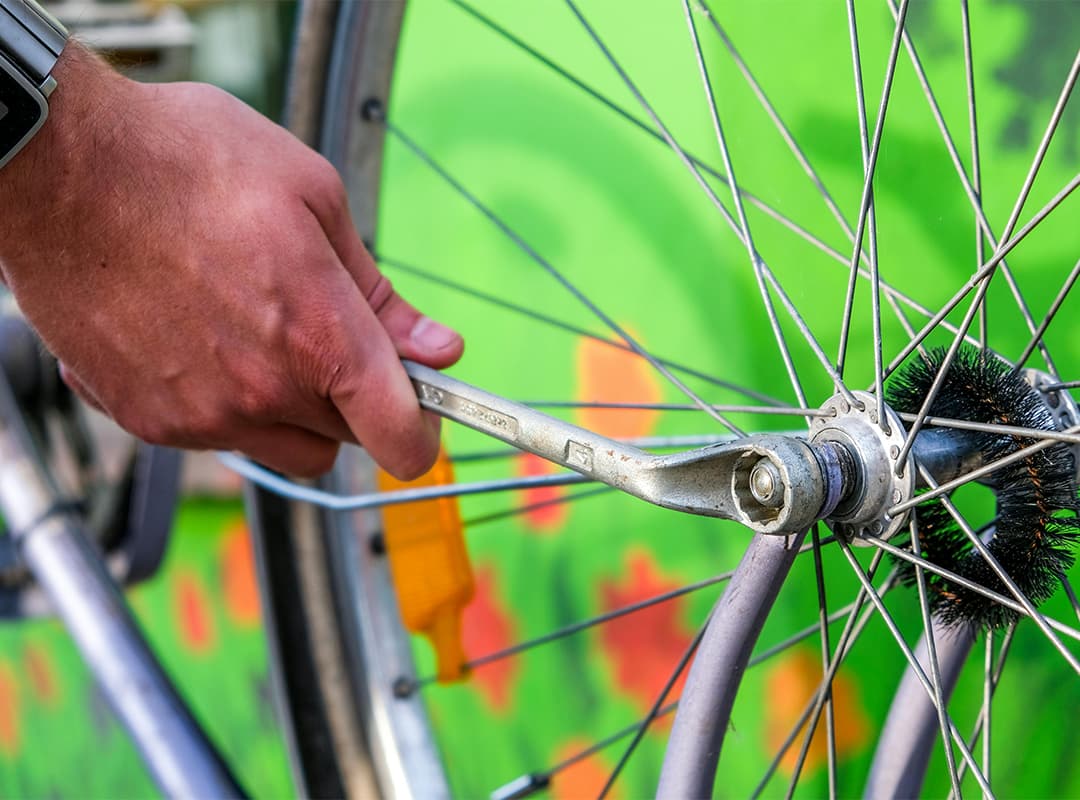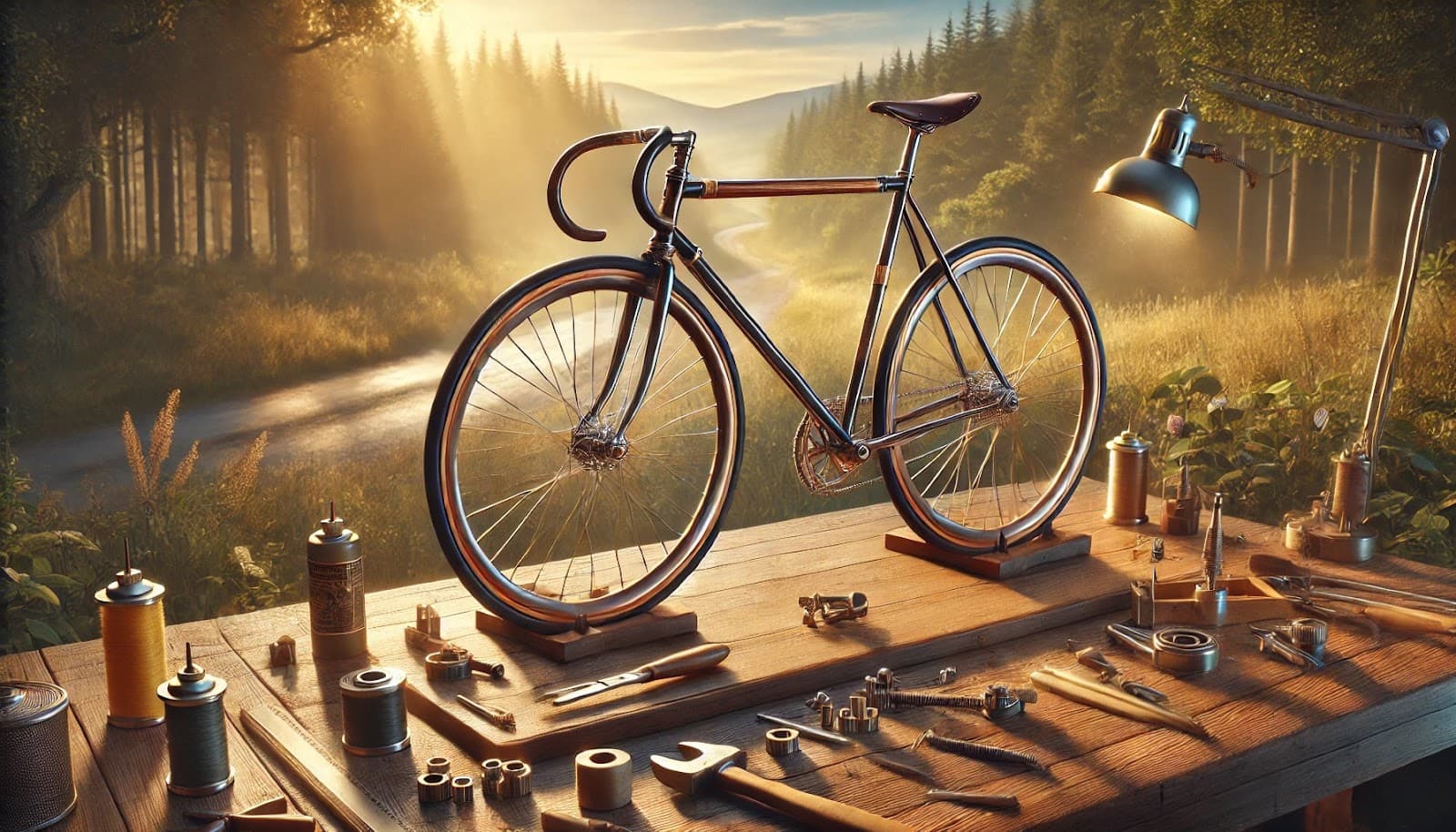If you’re new to cycling, diving into the world of bicycles can be both exciting and overwhelming. With various styles, brands, and components, it can be challenging to know where to start. This guide will help you understand the essential parts of a bicycle and their functions, setting you on the path to becoming a more informed rider—whether you’re interested in road cycling, mountain biking, or even cyclocross.
1. Frame
The frame is the backbone of the bicycle, providing structure and support for all other components. It comes in various materials, including aluminum, carbon fiber, steel, and titanium. Each material offers different benefits:
- Aluminum is lightweight and affordable, making it a popular choice for entry-level bikes.
- Carbon fiber is known for its stiffness and light weight, ideal for performance-oriented cyclists.
- Steel provides durability and comfort, often favored by touring cyclists.
- Titanium offers a balance of weight, strength, and comfort but tends to be more expensive.
2. Wheels
Wheels are crucial for how a bike performs. They consist of several parts:
- Rims: The outer part of the wheel that holds the tire. Different rims are designed for various types of riding.
- Spokes: These connect the rim to the hub and provide strength and stability. The number of spokes can affect the wheel’s weight and aerodynamics.
- Hubs: Located at the center of the wheel, hubs contain the axle and allow the wheel to rotate freely. They can come with different types of freehubs for varying gear systems.
3. Tires
Tires are the only contact point between your bike and the ground, making them vital for performance and safety. They come in various widths and tread patterns depending on the type of riding you plan to do. For instance, cyclocross bikes use wider tires with aggressive tread patterns for better grip on mixed terrains, while road bike tires are narrower and smoother for speed.
4. Drivetrain
The drivetrain is responsible for propelling the bike forward. It includes:
- Crankset: This is the part that converts your pedaling power into motion. It consists of the crank arms and chainrings.
- Chain: The chain connects the crankset to the rear cassette, transferring power to the wheels.
- Derailleurs: These are mechanisms that shift the chain between gears. The front derailleur moves the chain between the chainrings, while the rear derailleur shifts it across the cassette.
- Cassette: Located on the rear wheel, the cassette is a cluster of gears that provides various gear ratios for different riding conditions.
5. Brakes
Brakes are essential for stopping safely and quickly. There are two main types:
- Rim brakes: These brakes clamp down on the wheel’s rim, providing stopping power. They’re lighter and simpler but can be less effective in wet conditions.
- Disc brakes: More common on cyclocross and mountain bikes, disc brakes provide consistent stopping power regardless of weather conditions. They use a rotor attached to the wheel hub and brake pads to slow down the bike.
6. Handlebars and Stem
The handlebars are where you control the bike, and they come in various shapes and sizes depending on the riding style. The stem connects the handlebars to the fork and allows you to adjust their height and angle for a comfortable riding position.
7. Saddle and Seatpost
The saddle is where you sit while riding, and its comfort can greatly impact your cycling experience. There are many saddle styles, including racing, touring, and comfort designs. The seatpost is the tube that holds the saddle and allows for height adjustments, ensuring an optimal position for effective pedaling.
8. Pedals
Pedals are where your feet connect to the bike, and they come in different types, including flat pedals and clipless pedals. Flat pedals allow for easy foot movement, while clipless pedals secure your shoes to the pedals for better power transfer.
Understanding the essential components of a bicycle is a valuable step for any new cyclist. Whether you’re interested in road biking, mountain biking, or exploring the world of cyclocross, knowing how each part contributes to the overall function of the bike will enhance your riding experience. As you gain more knowledge and experience, you’ll be better equipped to make informed choices about your equipment and maintenance.



